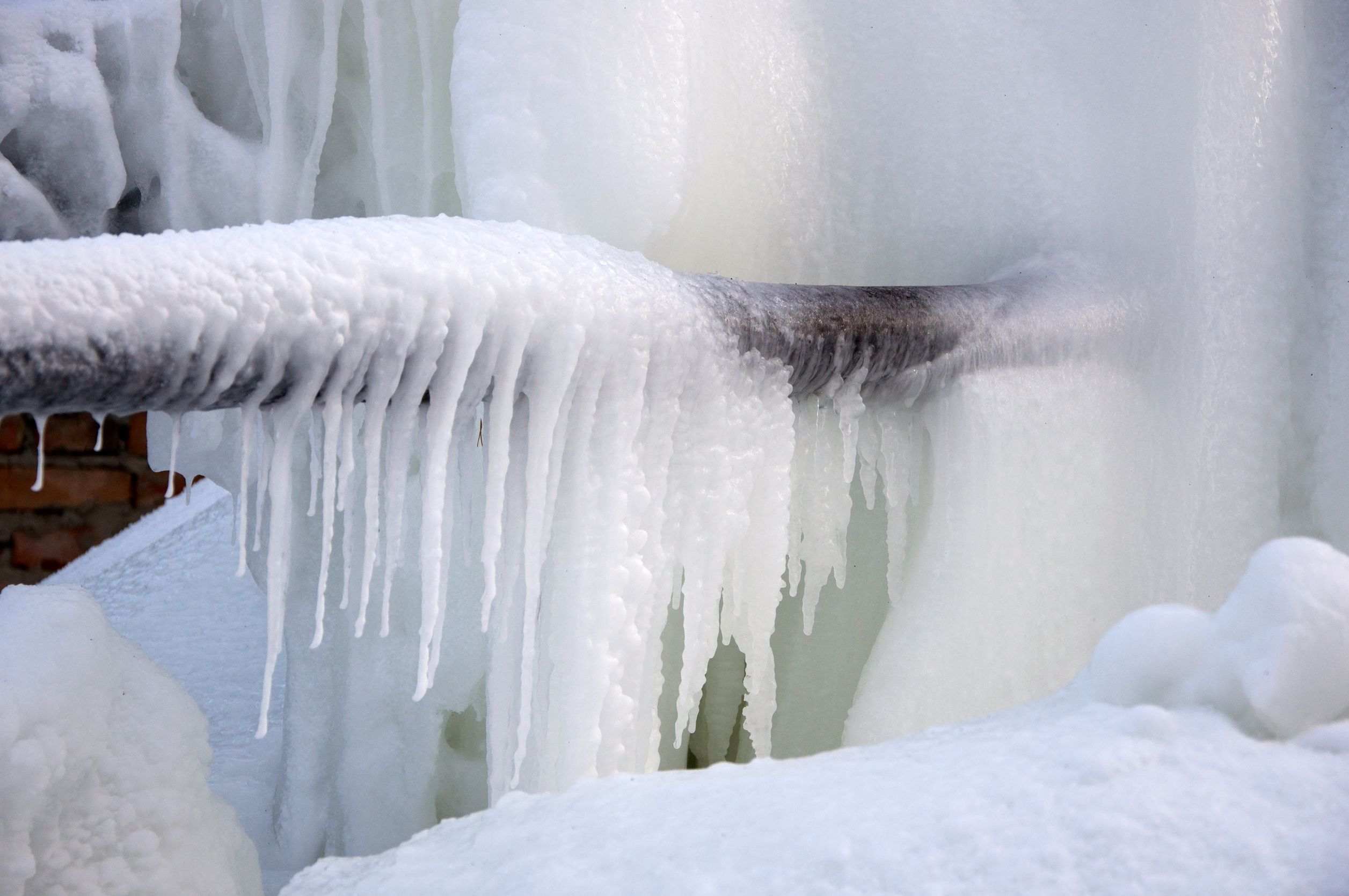Crucial Advice to Protect Against Frozen Plumbing in Cold Weather
Crucial Advice to Protect Against Frozen Plumbing in Cold Weather
Blog Article
This article listed below pertaining to Preventing and dealing with frozen pipes is incredibly remarkable. Check it out yourself and figure out what you think of it.

Winter can wreak havoc on your plumbing, specifically by freezing pipes. Right here's just how to stop it from happening and what to do if it does.
Introduction
As temperature levels decline, the risk of frozen pipes boosts, possibly bring about pricey repairs and water damage. Understanding how to prevent frozen pipes is crucial for property owners in chilly environments.
Comprehending Frozen Pipelines
What causes pipelines to freeze?
Pipelines freeze when subjected to temperatures listed below 32 ° F (0 ° C) for extended periods. As water inside the pipelines freezes, it expands, putting pressure on the pipeline wall surfaces and potentially creating them to burst.
Threats and problems
Icy pipelines can bring about water disturbances, home damages, and expensive fixings. Burst pipes can flood homes and trigger considerable architectural damages.
Indicators of Frozen Piping
Identifying frozen pipelines early can avoid them from rupturing.
Exactly how to determine frozen pipes
Look for lowered water circulation from taps, uncommon smells or noises from pipes, and noticeable frost on subjected pipes.
Prevention Tips
Protecting susceptible pipes
Wrap pipes in insulation sleeves or make use of warm tape to safeguard them from freezing temperature levels. Focus on pipes in unheated or outside areas of the home.
Home heating techniques
Maintain indoor areas sufficiently warmed, particularly locations with pipes. Open cupboard doors to allow warm air to distribute around pipelines under sinks.
Safeguarding Outside Pipes
Yard hoses and outside taps
Separate and drain pipes yard hoses before wintertime. Set up frost-proof faucets or cover exterior taps with shielded caps.
What to Do If Your Pipelines Freeze
Immediate activities to take
If you believe icy pipelines, maintain faucets available to ease pressure as the ice melts. Use a hairdryer or towels soaked in warm water to thaw pipelines slowly.
Long-Term Solutions
Structural changes
Take into consideration rerouting pipelines far from outside wall surfaces or unheated areas. Add added insulation to attic rooms, cellars, and crawl spaces.
Updating insulation
Invest in top notch insulation for pipelines, attic rooms, and walls. Correct insulation assists preserve consistent temperatures and decreases the risk of icy pipes.
Conclusion
Stopping icy pipes requires proactive actions and quick actions. By comprehending the reasons, signs, and preventive measures, homeowners can safeguard their pipes during cold weather.
5 Ways to Prevent Frozen Pipes
Drain Outdoor Faucets and Disconnect Hoses
First, close the shut-off valve that controls the flow of water in the pipe to your outdoor faucet. Then, head outside to disconnect and drain your hose and open the outdoor faucet to allow the water to completely drain out of the line. Turn off the faucet when done. Finally, head back to the shut-off valve and drain the remaining water inside the pipe into a bucket or container. Additionally, if you have a home irrigation system, you should consider hiring an expert to clear the system of water each year.
Insulate Pipes
One of the best and most cost-effective methods for preventing frozen water pipes is to wrap your pipes with insulation. This is especially important for areas in your home that aren’t exposed to heat, such as an attic. We suggest using foam sleeves, which can typically be found at your local hardware store.
Keep Heat Running at 65
Your pipes are located inside your walls, and the temperature there is much colder than the rest of the house. To prevent your pipes from freezing, The Insurance Information Institute suggests that you keep your home heated to at least 65 degrees, even when traveling. You may want to invest in smart devices that can keep an eye on the temperature in your home while you’re away.
Leave Water Dripping
Moving water — even a small trickle — can prevent ice from forming inside your pipes. When freezing temps are imminent, start a drip of water from all faucets that serve exposed pipes. Leaving a few faucets running will also help relieve pressure inside the pipes and help prevent a rupture if the water inside freezes.
Open Cupboard Doors
Warm your kitchen and bathroom pipes by opening cupboards and vanities. You should also leave your interior doors ajar to help warm air circulate evenly throughout your home.

I was shown that report on How To Avoid Freezing Pipes from a buddy on a different web page. Sharing is nice. Helping others is fun. I am grateful for your time. Revisit us soon.
Call Today Report this page